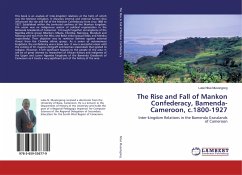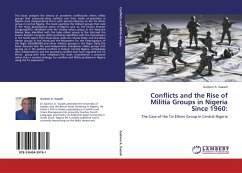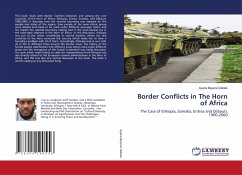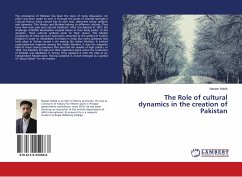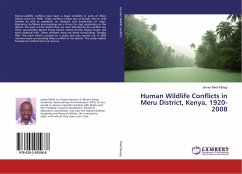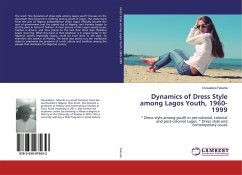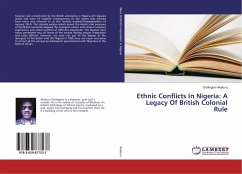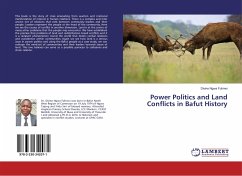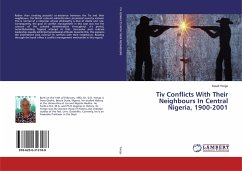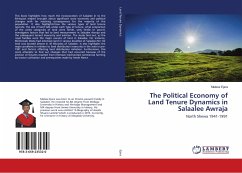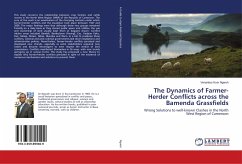
The Dynamics of Farmer-Herder Conflicts across the Bamenda Grassfields
Wrong Solutions to well-known Clashes in the North West Region of Cameroon
Versandkostenfrei!
Versandfertig in 6-10 Tagen
59,99 €
inkl. MwSt.

PAYBACK Punkte
30 °P sammeln!
This study concerns the relationship between crop farmers and cattle rearers in the North West Region (NWR) of the Republic of Cameroon. The core of the work is an examination of the changing contexts under which farmer-herder conflicts and the escalation took place between 1947 and 2006. The major findings were that although these two groups remained friendly on a daily basis as they shared public space and utilities, the use and ownership of land usually kept them at daggers drawn. Conflict ridden areas included Bambili, Bambuluwe (Awing), Esu, Kedjom Keku, Kuk, Misaje, Mmen, Ndop, Nkambe an...
This study concerns the relationship between crop farmers and cattle rearers in the North West Region (NWR) of the Republic of Cameroon. The core of the work is an examination of the changing contexts under which farmer-herder conflicts and the escalation took place between 1947 and 2006. The major findings were that although these two groups remained friendly on a daily basis as they shared public space and utilities, the use and ownership of land usually kept them at daggers drawn. Conflict ridden areas included Bambili, Bambuluwe (Awing), Esu, Kedjom Keku, Kuk, Misaje, Mmen, Ndop, Nkambe and Wum. In a bid to eradicate these conflicts, colonial and post colonial governments laid down legislations and administrative policies. Nevertheless, farmer-herder conflicts persisted and developed new strands, especially as some stakeholders acquired new habits and became intransigent to even respect the verdict of land commissions. Conflicts manifested themselves in 36 ways, with new trends springing up in various forms. This study has proposed a new theory to explain why farmer-herder conflicts persisted in spite of the existence of numerous mechanisms and solutions to prevent them.



